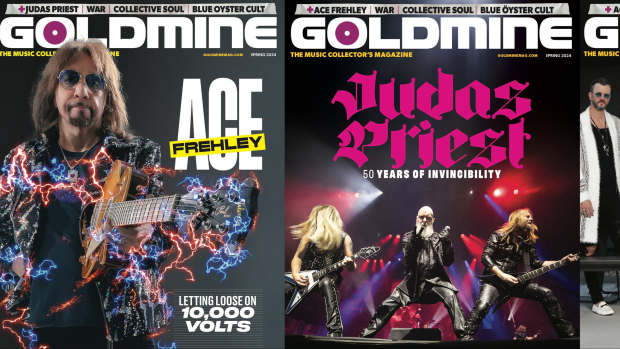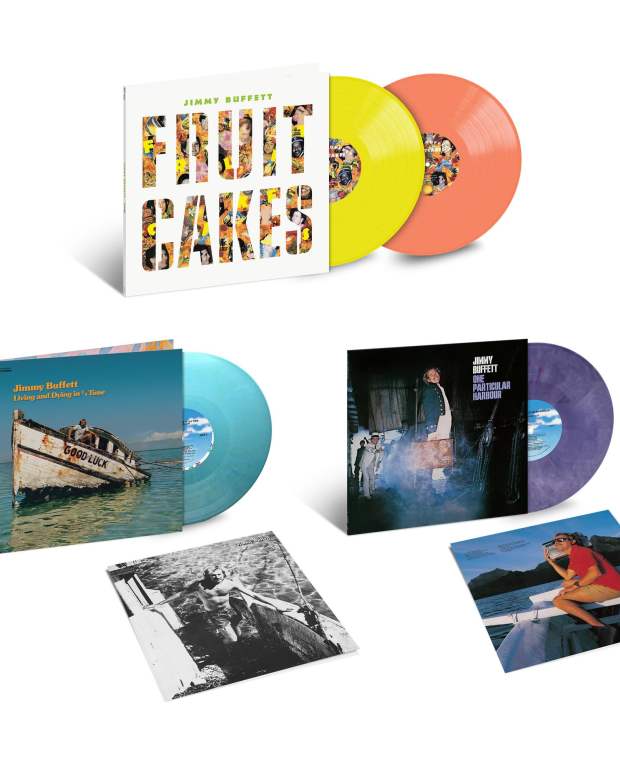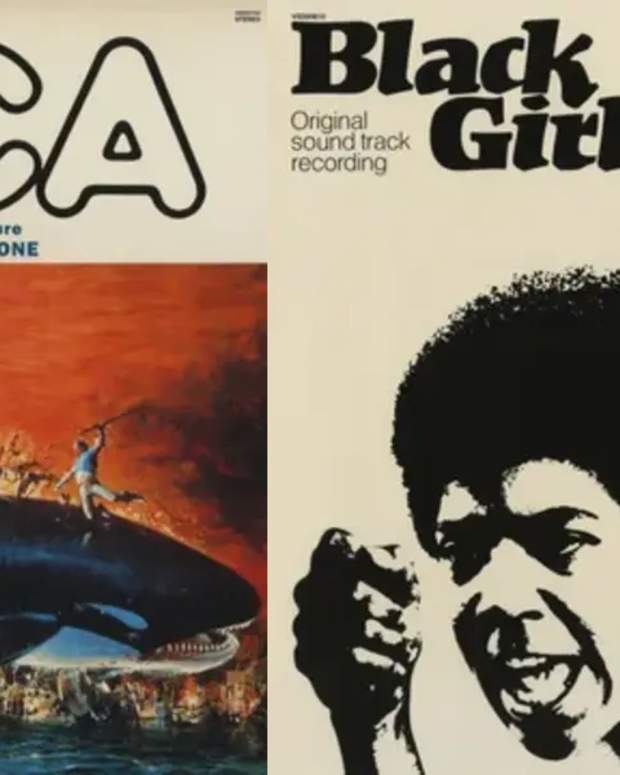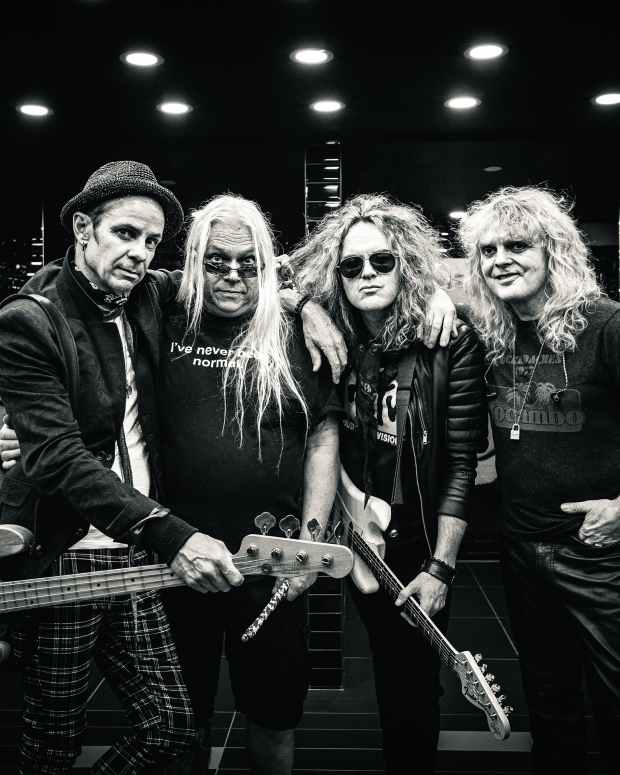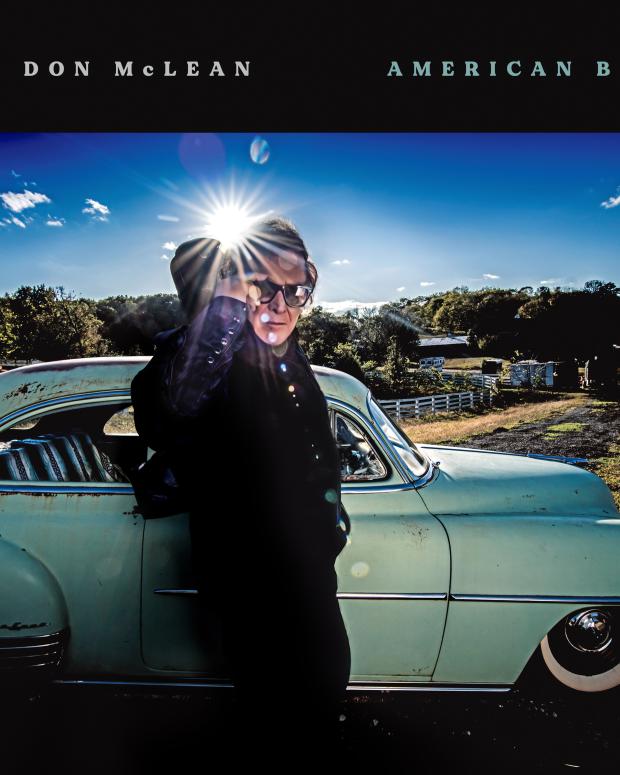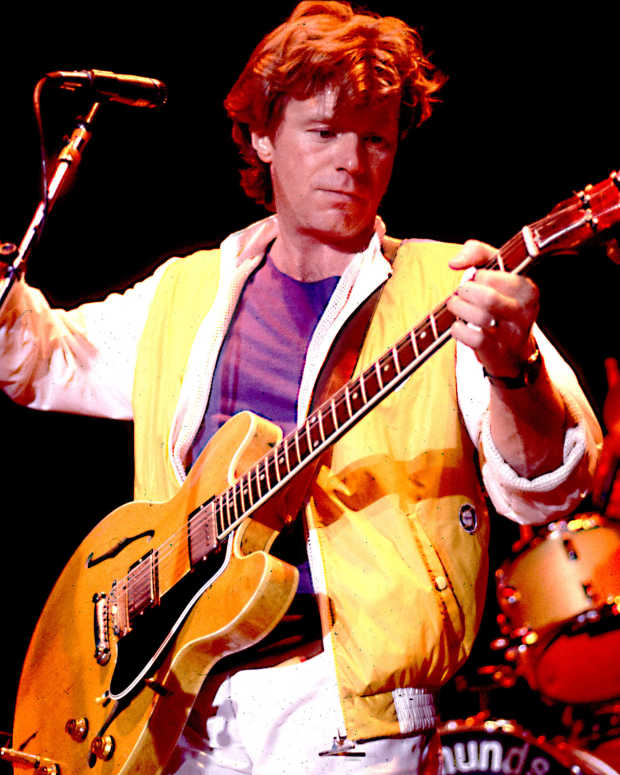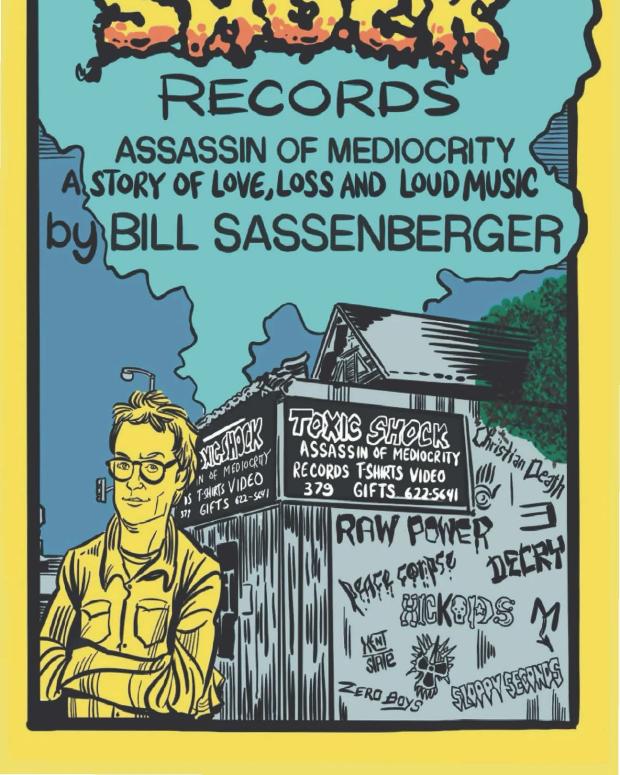Relive the glory days of bubblegum pop in the '60s and '70s
By Jeff Marcus
The late comedian George Carlin had a classic bit about the seven dirty words that you can’t say on television. Had he been riffing on music, two dirty words would have been uttered: disco and bubblegum.
To be fair, every genre of music has its share of classic material and hokum. Yet, disco and bubblegum music seem to, as Rodney Dangerfield used to say, get no respect.
As rock and roll matured with the likes of Bob Dylan and The Beatles’ “Rubber Soul” and “Sgt. Pepper’s Lonely Hearts Club Band,” and the birth of the “serious” rock critic, a large pool of musical snobs were born.
Comparing bubblegum to Dylan or The Beatles is like a film student comparing “Citizen Kane” to “The Three Stooges.” Discussing the difference between Hank Williams and Johnny Cash is fair. Why The Rolling Stones matter more than The Dave Clark Five makes for a sensible debate. Weighing the merits of Led Zeppelin to that of the 1910 Fruitgum Company is just ludicrous. You simply can’t lump them together, as they were meant to appeal to completely different audiences.
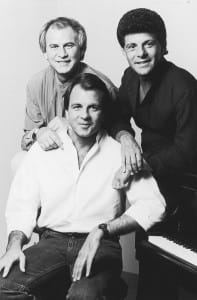
Clean-cut performers Bobby Rydell, Fabian and Frankie Avalon fit the bill for the precursor to bubblegum-style pop in the 1950s. Publicity photo.
What’s fascinating is that during the height of “flower power” with Jefferson Airplane and The Grateful Dead, you had The Ohio Express and The Archies circling the orbit at the same time.
Bubblegum was nothing more than counter programming for kids too young to turn on to the heavier psychedelic sounds of the day.
Actually, the “bubblegum” genre manifested long before the term was coined in 1968 by two producing whiz kids named Jeff Katz and Jerry Kasenetz, the Phil Spector and Brian Wilson of the genre.
By definition, bubblegum music is simple, catchy, and repetitive, with childlike themes added into the mix. If that description is true, then Elvis Presley and The Beatles released “bubblegum” songs with the likes of “All Shook Up,” “(Let Me Be Your) Teddy Bear,” “Love Me Do” and “Yellow Submarine,” respectively. In truth, it could be said that most pop music, which embodies many of the ingredients mentioned above, is bubblegum music.
During the late 1950s, a dramatic change in rock music occurred. In an effort to clean up the genre, which most adults of the ’50s detested, raw and uninhibited performers like Gene Vincent and Eddie Cochran were replaced with Frankie Avalon and Fabian. Elvis was in the Army, Little Richard saw the light and became a preacher, and Jerry Lee Lewis married his 13-year-old cousin, instantly robbing him of his fame. Bobby Rydell, Paul Anka and Neil Sedaka took their places.
1619 Broadway in New York was where it all came to fruition. Inside the Brill Building, a crackerjack stable of talent churned out hundreds of songs for numerous vocal acts. Writing teams like Jerry Leiber and Mike Stoller, Barry Mann and Cynthia Weil, Jeff Barry and Ellie Greenwich, Carole King and Jerry Goffin, Doc Pomus and Mort Shuman, Burt Bacharach and Hal David, and Neil Sedaka and Howard Greenfield provided much of America’s musical soundtrack from the late ’50s through the mid-’60s. The entire enterprise was governed by Al Nevins and Don Kirshner, under their publishing arm of Aldon Music.
It was at the Brill Building where a 16-year-old-kid named Ron Dante broke into the music business as a demo singer. Ron would lay down vocals for songs that were being pitched to signed artists, like Bobby Vee and Tommy Roe, to determine if the song was right for them to record.
Kirshner, who masterminded and manufactured The Monkees, used his stable of writers to create hits for the TV-assembled group. When members of The Monkees grew tired of being used as puppets and wanted more control over their music, Kirshner decided that he wasn’t going to make that mistake again. Why not create a band that doesn’t exist at all and exercise total control?
Kirshner remembered the “boy next door” charm of Ron Dante, whose nonthreatening vocal work would be perfect to christen Kirshner’s imaginary group The Archies, based on the popular comic-book characters.
“Don Kirshner was producing ‘The Archies’ animated series and immediately hired me as the singing voice of Archie,” Dante recalled.
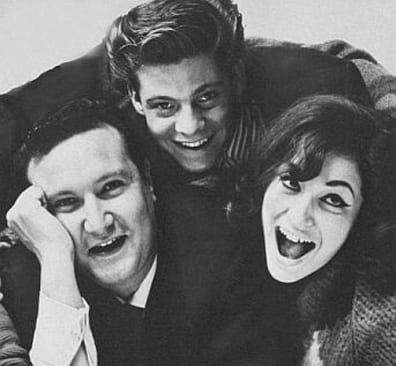
Don Kirshner (left) handpicked Ron Dante (center) to head The Archies; both are pictured here with session vocalist (and fellow Archie) Toni Wine. Photo courtesy of The Jeff Marcus Collection.
Dante was the logical choice: Clean cut, pleasant and cheerful, he was Archie. He always knew the project would be a hit.
“They enlisted the best writers, the best producers and the best New York session musicians to record the tracks,” Dante said in a voice that still sounds as youthful as it was back in the day. The Archies were, in fact, a group of session players that also included Ellie Greenwich, Toni Wine, Tony Passalacqua and Andy Kim.
The project couldn’t miss, and it didn’t. The very first single, “Bang-Shang-A-Lang” made it to No. 22 in 1968. Eleven months later, “Sugar, Sugar” arrived on the scene and became the “Stairway to Heaven” of the bubblegum genre. An instant smash, the song zoomed to No. 1 for four weeks in the winter of 1969.
1968 became bubbblegum’s most productive year, and the musical Willy Wonka factory that churned out the bulk of the product was Buddah Records, led by Neil Bogart. Under the banner of Super K Productions, Katz and Kasenetz spearheaded the hits of The Ohio Express, 1910 Fruitgum Company, Capt. Groovy and his Bubblegum Army and the Kasenetz-Katz Singing Orchestral Circus.
For Joey Levine of The Ohio Express, the road to musical candyland was similar to Dante’s. Levine remembers his introduction to the professional music world as if it were yesterday.
“I began writing songs at 13 and asked my Dad to take me to the Brill Building during my summer break and started knocking on doors,” Levine recalled. “One of the first people who listened to my songs was Neil Diamond, who was working for Don Kirshner. He gave me advice on how to polish my songwriting skills.”
The bubblegum work began after Katz and Kasenetz remade one of Levine’s earlier writing efforts. After meeting with them, he went home and wrote “Yummy, Yummy, Yummy.”
“They loved it and rushed me into the studio to record it,” he said.
Levine’s demo was released as is and he was unaware that they used his vocals until he heard it on the radio.
“Neil Bogart said my voice stays on because I epitomize the sound — that nasally, innocent young sound,” Levine says with a hint of laughter in his voice.
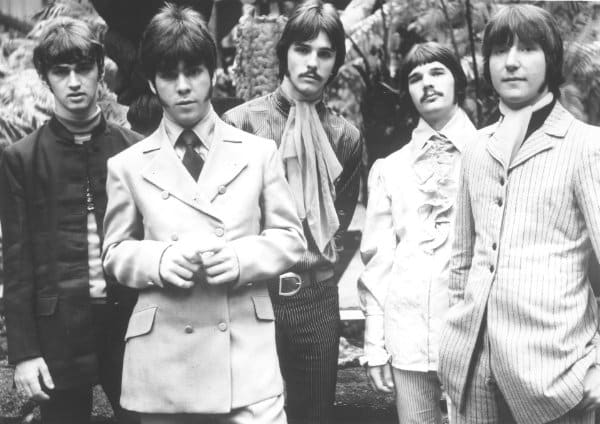
The Ohio Express hit musical paydirt in 1968 with the songs "Yummy, Yummy, Yummy" and "Chewy, Chewy." Publicity photo.
In 1968, The Ohio Express scored with “Yummy, Yummy, Yummy” (No. 4 ) and “Chewy, Chewy”(No. 15), 1910 Fruitgum Company hit with “Simon Says”(No. 3) and “1-2-3 Red Light” (No. 5), while the K & K Orchestral Circus (with Levine on vocals) put out “Quick Joey Small” (No. 25). The groups earned million-selling discs with songs that, on the surface, seemed wholesome, but several were pretty filthy — if you actually listen to the lyrics. If you strip away the cotton candy production, remove the “ba-ba-bas,” and delete Joey Levine’s nasally vocal delivery on “Yummy, Yummy, Yummy,” this is what you’re actually hearing in between his faintly audible seductive breathing: “Love you, such a sweet thing/Good enough to eat thing/And that’s just what I’m gonna do.” That pop nugget is most certainly the inspiration for Def Leppard’s “Pour Some Sugar On Me,” a bubblegum song disguised and sold as heavy metal. In fact, the only difference between the bubblegum of yesterday and today is marketing and attitude.
Not to say that bubblegum excluded the psychedelic vibe altogether. Like Motown, which fused pop with the psychedelic sounds of The Supremes “Love Child” and “Reflections,” or The Temptations’ “Cloud Nine” and the aptly named “Psychedelic Shack,” the boys at Buddah created what is arguably their best single with the trippy-vibed “Green Tambourine” by The Lemon Pipers.
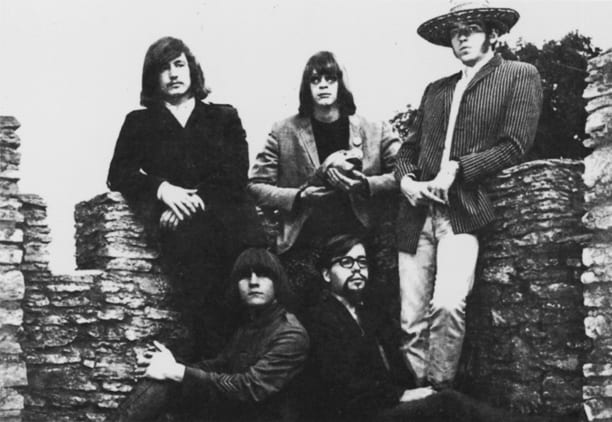
The Lemon Pipers have been credited as the first band to have a bubblegum pop chart-topper with "Green Tambourine" in 1968. Publicity photo/Arcadia Publishing.
Other bubblegum artists, who were far older than their target audiences, listened to The Beatles, The Rolling Stones, Donovan and The Grateful Dead. Soon, Tommy James and The Shondells, who had been releasing bubblegum hits for years, fused the two genres together with gems like “Crimson and Clover,” “Crystal Blue Persuasion,” and “Sweet Cherry Wine.”
Levine, who loved the “garage-band” sound, co-wrote a pre punk bubblegum classic called “Gimme Gimme Good Lovin’,” a No. 9 smash for Crazy Elephant in 1969. (By the way, that’s Joey’s nasal voice providing the “ha-ha-ha-ha-ha” bit). Much of the late ’60s bubblegum entries are dripping with garage-band flair, a prototype of the new-wave and punk movement of the late ’70s. If you’re thinking that you’re too cool for school, check out the clip on You Tube of the Talking Heads performing a cover of the 1910 Fruitgum Company’s “1-2-3 Red Light.”
By the following year, the Buddah sound began to resemble a piece of chewed gum left on the bedpost overnight, and singles like the genre-defining “Bubble Gum Music,” under the banner of The Rock and Roll Double Bubble Trading Card Co. (“Give me more, more, more of that bubblegum music/You know it really turns me on/Well, the Grateful Dead just leave me cold/And Herbie Alpert makes me feel too old”), couldn’t rise any higher than No. 74.
When the figurative bubble burst, all of the principal players found creative avenues to reinvent themselves in ways that would make Madonna green with envy.
Dante popped up in another studio group called The Cuff Links and put out the No. 9 “Tracy,” a blueprint for the entire output released under The Partridge Family banner. From there, Dante struck gold in the commercial jingle industry with such gems as “You deserve a break today” for McDonald’s. The transition was a natural one; Dante essentially had been creating the same thing on vinyl, just with a longer running time.
It was then he befriended another jingle writer, Barry Manilow. Dante went on to helm many of Manilow’s popular songs and continues to tour and produce. His latest artist, Brooke Toia, is a hybrid of Katy Perry and Rihanna, both of whom would be labeled as bubblegum artists had their work came out in the late ’60s to mid-’70s.
Levine followed the same path. He developed Crushing Music and created hundreds of classic jingles, from the “Sometimes you feel like a nut, sometimes you don’t” for Almond Joy and Mounds candy bars to “Oh, what a feeling, Toyota!” and “This Bud’s for you” for Budweiser Beer. In between, he was featured in the studio concoction called Reunion that had a massive hit with “Life Is A Rock (But The Radio Rolled Me)” in 1974.
“When I left the record business after ‘Life Is A Rock,’ the commercial work took off and became far more lucrative than making records. I used to ask these record guys when do I get my money, and they said, ‘When you sue us, Joey,’” Levine states.
For Levine, the success of “Yummy, Yummy, Yummy” was an epiphany.
“If you write songs with food or taste connotations, they are more apt to be used in other ways,” he explained in his instantly recognizable nasal voice that sounds exactly the same as it did 43 years ago. “I did that because I wasn’t getting paid, and the songs were hits.”
Today, Levine’s dual-purpose songwriting is still paying off, as “Yummy, Yummy, Yummy,” which has been featured in several TV and radio spots, including its current use in a Kellogg’s cereal campaign. The same can be said for “Chewy, Chewy,” the song behind Quaker Oats Chewy Granola Bars ads. “Sugar, Sugar” has been featured in countless advertising campaigns, as well.
Music mogul Don Kirshner ran the Calendar and Kirshner Records labels that were home to acts including The Archies and Kansas. In 1973, He launched “Don Kirshner’s Rock Concert,” which ran on ABC-TV until 1981.
The always-productive Kirshner also served a creative consultant for Rockrena, a business that promotes music talent online. On Jan. 11, 2011, shortly before that Rockrena was rolled out, Kirshner died of heart failure at the age of 76.
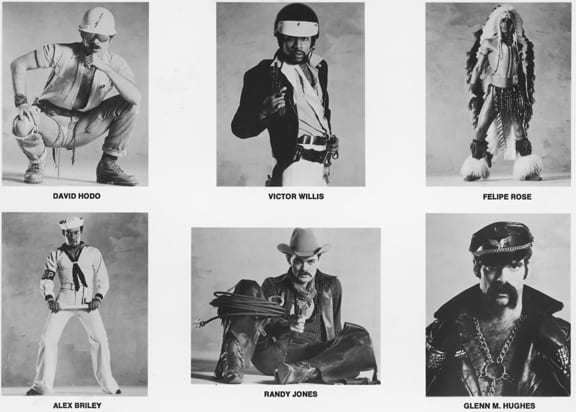
The Village People's hits on Casablanca Records did double duty on the charts as disco and bubblegum pop hits.
Bogart founded Casablanca Records in 1973 and signed a diverse stable of names, including Kiss and Donna Summer, as well as bubblegum-flavored acts ranging from The Hudson Brothers to Captain & Tennille and The Village People (a double threat as it worked for bubblegum and disco). He later set up camp at Boardwalk Records, where Joan Jett and The Blackhearts became the label’s biggest success. Jett’s hits (including a cover of Tommy James’ “Crimson and Clover”) were produced by Ritchie Cordell, who helmed James’ bubblegum blockbusters several years earlier. Bogart died of cancer May 8, 1982, at the age of 39.
Katz and Kasenetz took the Leadbelly blues classic “Black Betty” and turned it into a mega hit (with bubblegum sensibilities, of course) for Ram Jam, which featuring guitarist Bill Bartlett, who played in — wait for it —The Lemon Pipers!
Andy Kim, who co-wrote “Sugar, Sugar” with Jeff Barry, had a couple of solo hits: 1969’s “Baby, I Love You” (No. 9), originally recorded by The Ronettes, and 1974’s No. 1 smash “Rock Me Gently.” In 2004, Kim collaborated with Ed Robertson of the Barenaked Ladies to produce and co-write “I Forgot To Mention.”
Barry produced all of The Archies’ material, and was part of the classic Brill Building stable of hit makers. He penned dozens of colossal hit records over the years, including “Da Doo Ron Ron,” “Be My Baby,” “Hanky Panky,” “Leader Of The Pack” and “Do Wah Diddy.” Barry also teamed with his then-wife and songwriting partner Ellie Greenwich as The Raindrops, which had a No. 17 hit with “The Kind Of Boy You Can’t Forget” in 1963. Barry discovered Neil Diamond and produced The Monkees’ biggest hit, “I’m A Believer” (No. 1 for seven weeks in 1966), which was written by Diamond. Later, Barry wrote themes for TV shows including “The Jeffersons” (“Movin’ On Up”) and “Family Ties” (“Without Us”), to name a few. He also served as president of the National Academy of Songwriters.
“Jeff Barry had a wall full of hit record awards,” Dante said. “One day, his young son came in the room and began speaking baby talk. Jeff said to him, ‘Don’t talk baby talk.’ Then he realized that he made a career out of writing songs with baby talk.”
Bubblegum music is still with us, and it always will be. Britney Spears is little more than a contemporary Annette Funicello, and Justin Bieber is Donny Osmond 2.0, right down to a haircut that receives far more ink than it deserves.
The striking difference of the bubblegum of yore is that it never pretended to be anything else than what it was. These days, everyone is an “artist,” and their PR machines work overtime to brainwash the public that there is more merit than meets they eye. That is precisely why rock critics turned their noses up at The Osmonds, yet embrace The Jonas Brothers. But at the end of the day, it doesn’t matters what critics say, for this form of budding love music is intended for young ears.
Back in 1976, Paul McCartney asked: “Some people want to fill the world with silly love songs. And what’s wrong with that? I’d like to know.”
Me, too. In the meantime, have a super-groovy “Sunshine Day!”
Jeff Marcus is author of the two-book series “American Record Sleeves Volumes 1 and 2.” Visit his Web site at www.recordsleevebooks.com.




